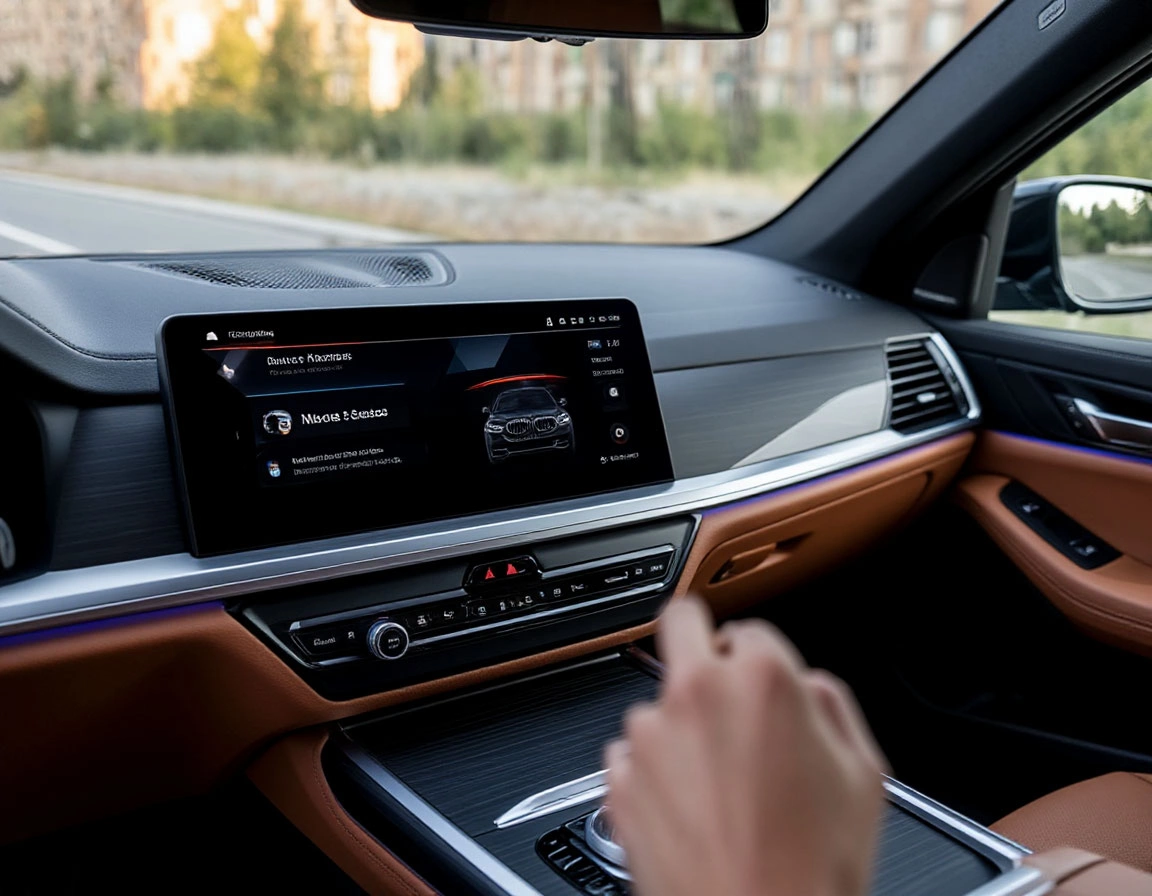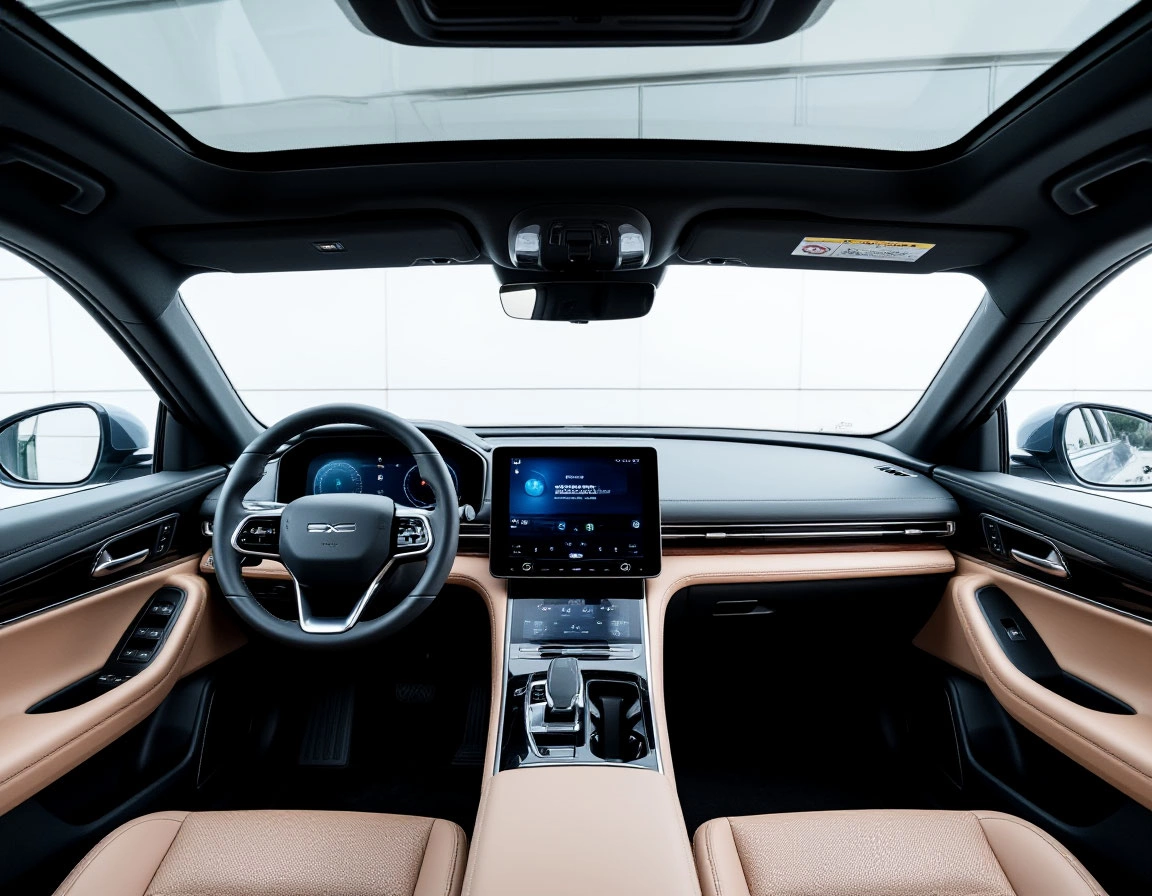Car Modifications Posts on Crowch
If I had to summarize the 2025 Munich Auto Show in one sentence, it’d be this: we’re no longer designing cars — we’re designing experiences. And while that might sound like something you'd hear at a Silicon Valley product launch, it perfectly captures where the car industry stands today.
For a gearhead like me, this year’s show was both fascinating and slightly existential. Sure, there were still some head-turners — the Porsche Macan Electric Turbo, the Polestar 5, even a sneak peek at the mysterious Apple Car UX mockup. But the real stars of the show weren’t the bodies or engines. They were interfaces. Operating systems. Over-the-air update schedules.
Welcome to the era of the software-defined vehicle (SDV) — a phrase that once sounded like marketing fluff but now feels more like the foundation of everything automotive in 2025.
From Metal to Microcode: How the Shift Began
This isn’t entirely new, of course. Tesla pioneered the idea of the car as a platform over a decade ago, but traditional OEMs have been slow to catch up. Now, they’re racing.
At Munich, BMW unveiled “Neue Klasse OS”, a completely reimagined platform built in-house that allows real-time updates to everything from suspension settings to infotainment UX. Across the hall, Mercedes-Benz showed off MB.OS, developed in collaboration with NVIDIA, promising not just Level 3 autonomy, but also adaptive interfaces that learn your mood, behavior, and preferences. I even saw Hyundai demo a feature where your car suggests music based on how hard you brake. (Yes, really.)

What this all means is that cars are no longer static machines. They're becoming living digital organisms, evolving constantly via updates. You don't “buy” a car in 2025 — you subscribe to its development arc.
The New Horsepower Is Customization
I grew up in an era where car culture meant cold-air intakes, aftermarket exhausts, and chipped ECUs. Now? Customization happens in menus.
Want sharper steering? There’s a downloadable “Sport Handling Pack.” Want that ambient lighting to pulse with your playlist? There’s a subscription for that too. At first, I scoffed — but then I watched a Gen Z couple at the Renault booth spend 30 minutes configuring their in-car avatar, uploading Spotify data, and linking smart home routines.
This is what tuning culture looks like in 2025. It’s not worse. It’s just different. And, if I’m honest, kind of brilliant. For automakers, it means extended revenue. For consumers, it means a car that genuinely adapts — not just in performance, but in personality.
But What About the Driving?
Now here’s the million-dollar question for people like me who love driving: if the soul of the car moves into software, does it lose its mechanical essence?
I don’t think so. What we’re seeing is a redefinition of driving pleasure. It’s less about noise and torque curves, and more about precision, anticipation, and how invisibly tech enhances control. Take the new Audi A5 e-tron, for example. It uses predictive traction management to literally learn how you corner over time, adapting torque distribution to how you tend to exit a turn. It's not about brute force — it’s about seamless augmentation. The car isn’t taking over. It’s learning to dance with you. That’s still driving. Just… evolved.
Who Wins in a Software Race?
Here's where it gets tricky. Not all carmakers were built for this shift. Ford and GM are battling lagging app ecosystems. Stellantis is years behind on UI design. Meanwhile, Chinese brands like NIO, XPeng, and BYD are sprinting ahead with full-stack vertical integration. Their booths at Munich felt less like car displays and more like tech expos.
In fact, XPeng’s XOS 4.0 might be the most intuitive automotive OS I’ve ever touched — instant tactile feedback, modular apps, voice recognition that actually works, and full smart home syncing.

This software war is shaping up to be the defining battle of the next automotive decade. And the winners won’t just be those who build great cars — they’ll be those who build great platforms.
A Final Thought: What’s the Soul of a Car Now?
As I walked out of the exhibition hall, surrounded by digital dashboards and digital exhaust notes, I had to ask: what happens to the emotional part of driving? And I think I found the answer at the Volkswagen “Memory Lane” exhibit, tucked away in a quiet corner. It was a modest installation — an old Golf Mk1 beside the upcoming ID.3 facelift. But in front of both cars was a screen that asked a simple question: “What did your car teach you about freedom?”
That’s the core. That feeling hasn’t changed. Whether it’s a combustion engine or a drive-by-wire EV, cars are still about connection — to place, to experience, to identity. We’re just rewriting the code.